London's Zoological Gardens Restaurant, 1937. Old-fashioned zoos with animals living in cages rather than habitats were terribly sad places but probably far less so when floodlit, by the sound of things. This efficient little description is from the July 8, 1937 issue of Night and Day magazine, a short-lived English take on The New Yorker edited by Graham Greene. I wrote about it on my other blog recently and plan to do a follow-up post or three because there are so many wonderful things about it I left out. It was vividly, admittedly, affectionately New Yorker-ish, though not officially affiliated, and had many of the same features The New Yorker still has, as will be apparent to any "Goings On About Town" readers whose eyes turned into cartoon question marks upon noticing the "London by Night and Day" scans below. A list of "philanthropic shareholders" in a footnote to the introduction in the 1985 Chatto & Windus Night and Day anthology includes one Mr. William Maxwell but I have no idea whether it was that William Maxwell. I read his correspondence with New Yorker contributor Sylvia Townsend Warner last summer (The Element of Lavishness, highly recommended) and don't recall any mention of it, but they didn't start writing to each other until July 1938 and Night and Day folded in December 1937.
The restaurant listings above were presumably written by Night and Day restaurant critic and Corvo biographer A.J. Symons, who deserves his own separate post or three sometime soon-ish. I've got a crumbly old Penguin paperback of his Vegetable Grower's Handbook on my desk right now because I'm hoping to grow radishes suitable for bon vivants on my fire escape.
The bottle parties are possibly even more alluring than the zoological table d'hôte, no? Particularly those "English and Hungarian bands alternat[ing] in a South Sea Island setting" at the Cocoanut Grove. Maurice Richardson — unfamiliar to me, but almost certainly the same "manic-depressive, ex-amateur boxer and journalist who hung out with a pretty low-life crowd" mentioned here — wrote about them in the July 1, 1937 issue of Night and Day ("The Bottle-Party Belt") and they do indeed sound like a good time. Frisco's, for example, was decorated with "some livid red globes which may remind you of what your eyeballs will be like next morning," while The Nest was "full of minor curiosities, like a provincial museum," and had an atmosphere "very friendly, quite democratic, very international. Left-wing poets can be guaranteed a dusty puff of afflatus here." The Nest was open as late as 7 AM on Sundays, in high contrast to "the dreamiest, most swelegant places" with their "lobster-pink old men and half-tight old women in funny dresses." Richardson's two-page distillation of London nightlife is almost painful to read for someone who remembers pre-Bloomberg NYC, long before the tweeting mixologists slash consultants with theme facial hair. If I had a time machine I'd send him straight to Kokie's and Save the Robots. The latter was a bit before my time but the former was not.
Many of these clubs may be shut down at any moment, but each will figure in somebody's individual history as a landmark of the middle thirties. For many people some club or other in the Belt will be so closely connected with love affairs and sexual adventures that its image will linger in the mind, however blurred with drink. Outside in the street, alley cats are raking over the muck in the gutters with their expert paws. You buy the Daily Express and try to read it with hot eyes in the taxi. Meanwhile that very silly fat woman who had been mixing gin with brandy has slipped off her chair onto the floor. The two good-timers with her are tugging frantically at her arms, giggling a little. Always end on a moral note.





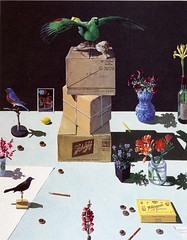


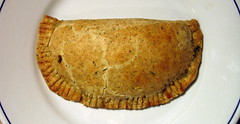


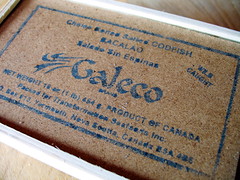

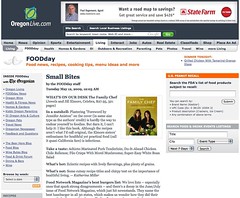



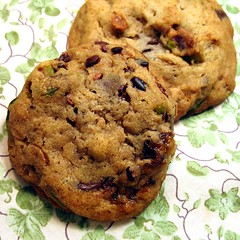

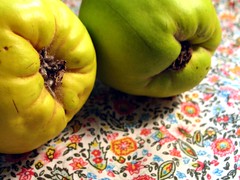
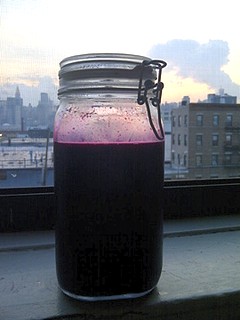
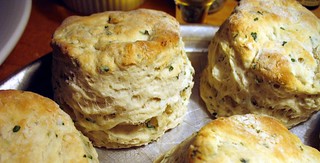




No comments:
Post a Comment